May 17, 2025 | 21:15 GMT +7
May 17, 2025 | 21:15 GMT +7
Hotline: 0913.378.918
May 17, 2025 | 21:15 GMT +7
Hotline: 0913.378.918

Beijing residents show great interest in fresh Vietnamese coconuts. Photo: Nguyen Thuy.
According to Nguyen Thanh Binh, Chairman of the Vietnam Fruits and Vegetables Association (Vinafruit), the northern region of China is a very large market in which Vietnamese fruits can find great potential. In order to bring Vietnamese fruits deep into the Chinese mainland, it is necessary to first reorganize the fruit industry towards large-scale production, concentrated production and create high-quality products that are safe for consumers and meet the regulations of the Chinese market.
Good preservation technology is needed to maintain the quality of fruits after a long period of transportation. This also raises the issue of investment in the path of developing the most suitable methods and means of transportation for fruit export. The ultimate goal is to bring Vietnamese fruits to Beijing, the northern provinces and areas deep in mainland China in the fastest time possible.
The fruit and vegetable processing industry should be further promoted to create more diverse products that suit consumer tastes, thereby providing consumers in Beijing and inland areas of China with more choices of Vietnamese fruits. Processed fruits with long shelf life are also a way to transport deeper into the Chinese market, including the northern provinces.
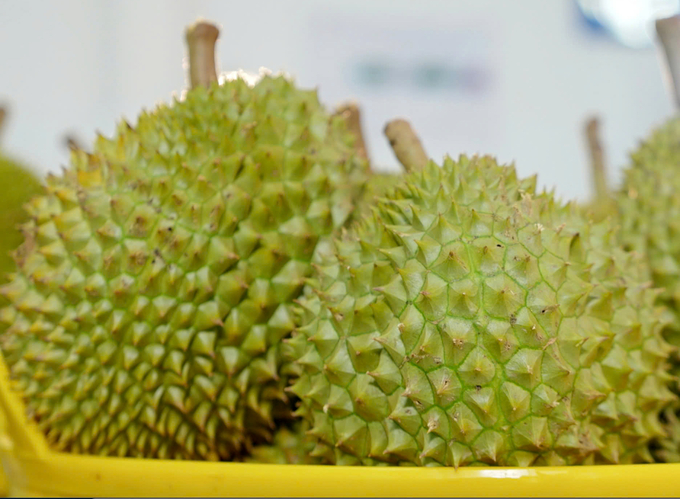
Durian - the number one exported fruit by Vietnam at present. Photo: Nguyen Thuy.
“Businesses themselves need to improve their ability to supply fruit and meet market demand. In general, Vietnamese people still prefer to sell fruit on the spot when customers have a need. They sell but do not build the habit or have the initiative to bring the goods to large markets, distribution centers, and modern consumption systems,” said Chairman Nguyen Thanh Binh.
With the goal of bringing Vietnamese fruits deeper into the Chinese market, businesses need to change their mindset and their methods in order to better meet the fruit demand in China. Those who want to acquire more customers should proactively go to large wholesale markets in more distant areas.
Accompanying businesses in bringing Vietnamese fruits deeper into the Chinese market, Vinafruit will review, arrange, and reorganize activities in the near future. The goals are to enhance the connectivity between businesses, bring Vietnamese fruits to new regions and markets, and seize new market opportunities. Vinafruit will support the cooperation of businesses, thereby protecting the involved interests.
“As for the relevant ministries and branches, with the Protocols signed with China, it is necessary to continue negotiating so that China can issue additional growing area codes and packing facility codes to increase the area and output of Vietnamese fruits exported to China. At the same time, it is necessary to continue promoting negotiations on new Protocols to have more Vietnamese fruits exported to China, especially fruits with great export potential such as grapefruit, custard apple, avocado, etc,” said Chairman Binh.
Translated by Samuel Pham
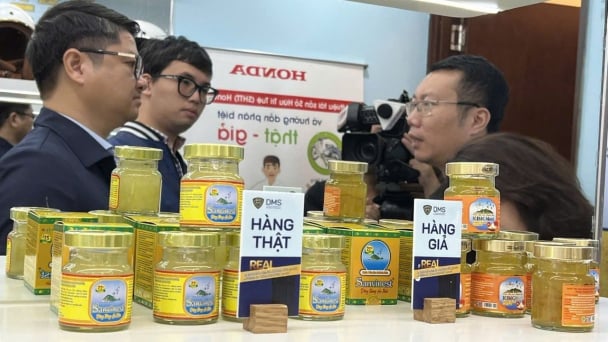
(VAN) In the face of counterfeit and imitation products, Khanh Hoa Salanganes Nest Company hopes for the prompt completion of the legal framework, strict enforcement against violations, and protection of the bird’s nest brand.
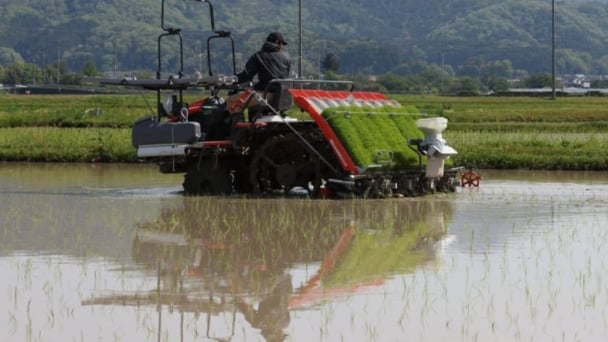
(VAN) Japan's efforts to lower the price of rice through the release of its stockpile may finally be making some progress, albeit at a snail's pace.
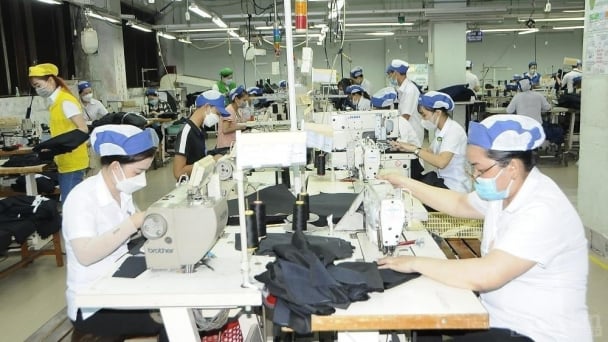
(VAN) U.S. tariffs are not only a 'shock', but also an opportunity for Vietnamese businesses to renew their mindset toward comprehensive development.
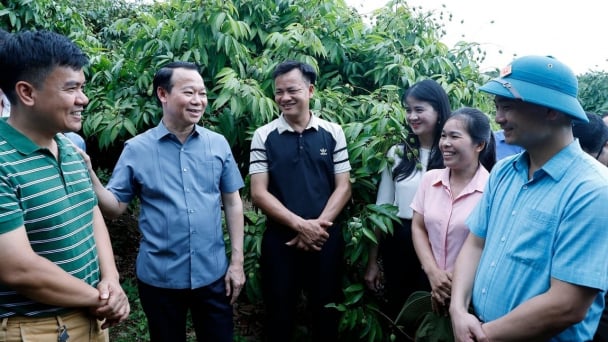
(VAN) As Bac Giang lychee enters the harvest season, Minister Do Duc Duy expects that the fruit will contribute greatly to agricultural exports due to standardized production and deep processing.
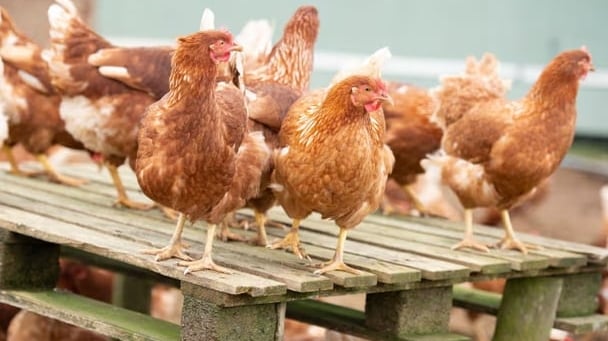
(VAN) Consumers have shown a preference for free-range eggs, but those farming systems are more vulnerable to biosecurity risks like bird flu.
/2025/05/09/5701-1-184335_301.jpg)
(VAN) Vietnam’s eel exports nearly doubled thanks to a mud-free farming model, opening up new prospects while still facing numerous barriers related to international standards.
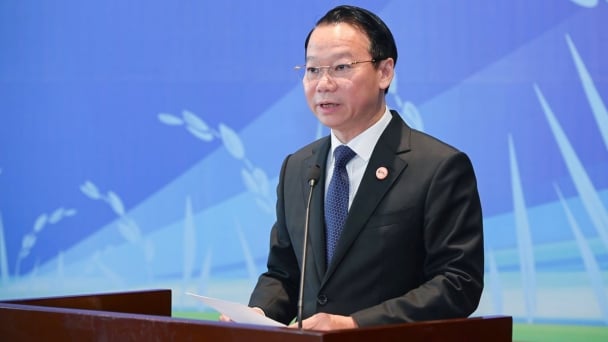
(VAN) Minister Do Duc Duy warned that if production is not professionalized and supply chains are not transparent, the U.S. market could become a growth bottleneck.